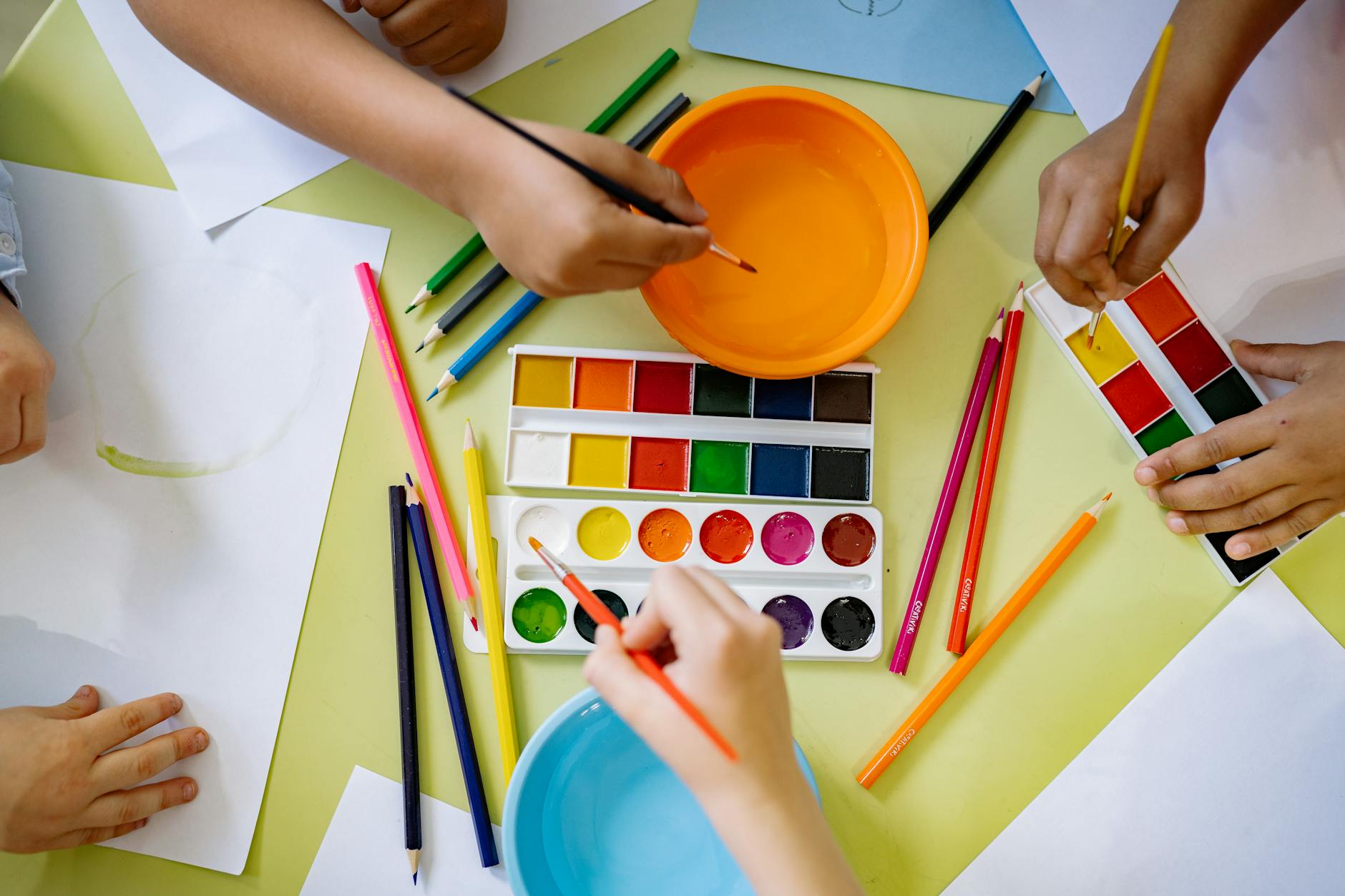Why Sustainable Pet Products Are Trending in Australia

Understanding Sustainability
Core Principles
Sustainability in pet products is about maintaining ecological balance without compromising the needs of future generations. The core principles revolve around reducing environmental impact, ensuring the welfare of pets, and supporting ethical practices. Melbourne's Royal Botanic Gardens, a prime example of sustainable landscaping, can inspire us to approach pet-related spaces with similar mindfulness. For instance, an anti barking collar made from recyclable materials underscores the need to choose products that minimise waste and promote the longevity of our natural surroundings.
Eco-Friendly Materials
The choice of materials is critical in sustainable pet product design. Eco-friendly alternatives, such as organic cotton, bamboo, or recycled plastics, not only reduce the carbon footprint but also ensure safety for both pets and the planet. Opting for items like hemp-based leashes or biodegradable waste bags can contribute significantly to reducing environmental degradation. An anti barking collar for big dogs, crafted from sustainable materials, reflects a commitment to the environment while meeting pet needs.
Ethical Manufacturing
Ethical manufacturing focuses on fair labour practices and environmentally responsible processes. This approach ensures that products, including those for pets, are made under conditions that respect both human and environmental rights. Seeking brands that practice transparency and support ethical supply chains reinforces the effort to create a sustainable lifestyle. Engaging in workshops at CERES Community Environment Park can provide insight into sustainable practices that can be applied to the creation of pet products.
Australian Market Insights
Increased Awareness
As a pet-loving community in Melbourne, I've noticed that our awareness of sustainable solutions has significantly increased. More and more, we're recognising the need for ecological balance within our urban spaces. It's not just about our homes, but the environments where our pets thrive. An invisible dog fence is an emerging trend that promotes pet safety while maintaining the aesthetics of green spaces. Unlike conventional fences, these innovative solutions ensure that our pets can roam free without disturbing the eco-friendly cohesion of places like the Albert Park pet-friendly zones.
Local Innovations
Australia, and particularly Melbourne, is becoming a hub for local innovations that integrate sustainable practices with pet needs. The gardening workshops at CERES Community Environment Park are perfect examples of where such innovation meets practicality. Here, eco-conscious individuals can learn about creating pet-friendly backyards that embrace native flora and safer environmental practices. By fostering a community that values sustainability, we are redefining how pets interact with their surroundings.
Consumer Preferences
The shift in consumer preferences is palpable, especially among those of us aged 31-45 who are committed to an eco-friendly lifestyle. This demographic is increasingly choosing products that align with sustainable values. From locally sourced materials to minimalist designs, the demand for products that reflect an environmental ethos is growing. Australian consumers, especially in vibrant cities like Melbourne, are driving a market where sustainability isn’t just valued but expected.
Impact on Pets and Environment
Health Benefits
Creating an ideal habitat for pets involves thoughtful consideration of their health. Implementing sustainable pet solutions like a bark collar for small dogs can promote well-being while ensuring minimal disruption to their natural environment. Such devices help manage barking, foster a calm atmosphere, and can prevent stress-induced behaviours in pets. As a regular visitor to the Melbourne Royal Botanic Gardens, I understand the importance of balanced ecosystems. Using sustainable products can ensure that the ecological integrity of these spaces is maintained while also safeguarding pet health.
Environmental Impact
Our urban landscapes can bear the brunt of traditional pet products that often contribute to environmental degradation. Switching to eco-friendly alternatives reduces waste and minimises chemical exposure. As we learn from the gardening workshops at CERES Community Environment Park, integrating sustainable methods with pet care can substantially reduce our footprint. Products crafted with biodegradable materials ensure that they decompose without harming the soil, supporting both our urban and natural ecosystems.
Case Studies
Instituting sustainable practices in pet care has shown positive outcomes in various communities. Pet-friendly zones at Albert Park serve as a testament to the harmonious integration of green initiatives and recreational spaces. Through careful planning and the use of innovative, sustainable products, the park has become a model for other urban areas aiming to protect both pet and environmental health. These case studies underscore the potential for eco-friendly solutions to transform pet care into a responsible practice that benefits both animals and the environment.
Challenges and Opportunities
Adoption Barriers
Navigating the realm of pet-friendly technology like the hidden dog fence presents unique challenges, especially in urban Melbourne. One of the primary barriers is the lack of awareness surrounding these systems and how they seamlessly integrate with existing landscapes. Many homeowners are skeptical, often worrying about the potential environmental impact on local flora and fauna. Additionally, there are technical concerns related to the installation process, which can dissuade potential users who are unfamiliar with innovative solutions.
Market Potential
Despite these challenges, integrating pet-friendly technologies into urban spaces holds substantial market potential. More Australian households are seeking eco-friendly solutions that promote their pets' freedom while maintaining safety. This technology aligns well with the push towards creating sustainable, pet-friendly urban environments. There is a significant opportunity to tap into this growing market by offering solutions that resonate with eco-conscious homeowners looking to blend modern technology with natural aesthetics.
Community Acceptance
Fostering community acceptance for innovative pet solutions involves effective communication and demonstration of their benefits. Collaborating with environmental organisations like those at CERES Community Environment Park can facilitate open dialogues and workshops. By engaging communities in discussions and providing educational resources, we can address concerns and highlight the advantages of integrating such technologies into local neighbourhoods. Real-world showcases and case studies help build trust and demonstrate compatibility with Melbourne's diverse urban ecosystem, reinforcing a shared commitment to sustainable development.
Best Practices for Sustainable Pet Products
Thoughtful Product Selection
Selecting eco-friendly products for your pets not only benefits their well-being but also supports sustainable living. While at the Melbourne Royal Botanic Gardens, you might be inspired to choose sustainable pet collars made from organic materials such as hemp or bamboo. These options are not only durable but also biodegradable, reducing waste in our urban environments. Consider embracing natural grooming products free from harmful chemicals to ensure both your pets' skin and the planet remain safe.
Raising Awareness in the Community
Promoting awareness about sustainable pet products can begin at a local level. Engage with community gardening workshops at CERES Community Environment Park to discuss how introducing sustainable practices in pet care aligns with broader environmental conservation efforts. Share your insights on social media or local forums, enlightening others on the importance of choosing products that align with green principles. This approach cultivates an informed community, fostering a culture of sustainability.
Integrating a Sustainable Lifestyle
To fully integrate a sustainable lifestyle, consider redesigning your outdoor spaces to be more pet-friendly and eco-conscious. Take cues from pet-friendly zones at Albert Park, where natural landscapes seamlessly merge with recreational areas. Planting native flora can create a harmonious environment for both you and your furry friends. This not only establishes a welcoming sanctuary but also contributes positively to Melbourne's biodiversity. When these practices are embraced, you not only nurture a healthy living environment but also support a sustainable future for all creatures.


